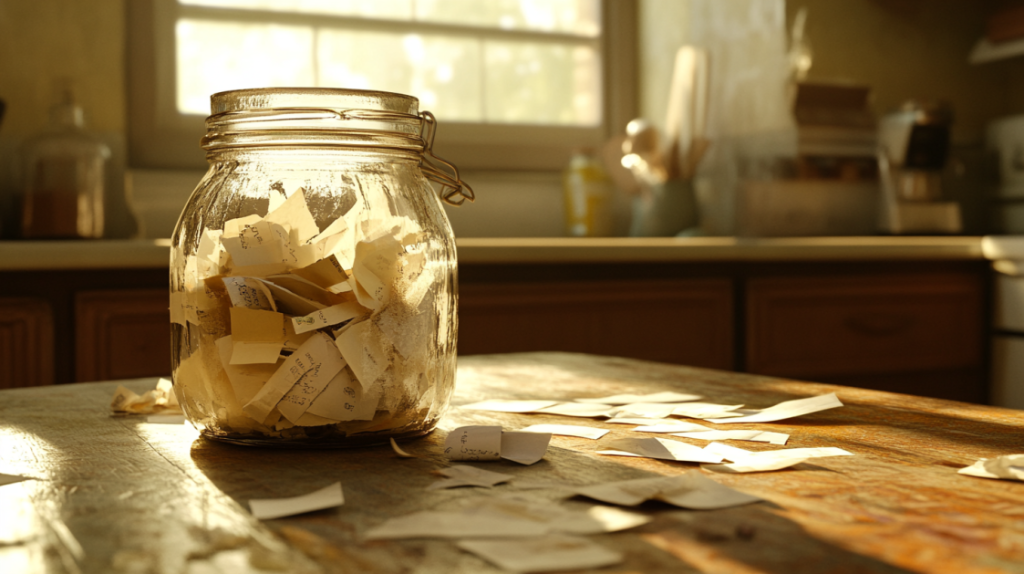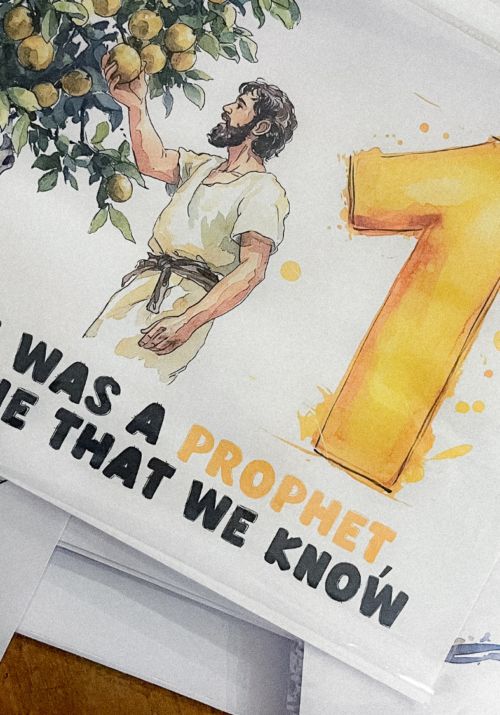
In this post, weʻll look at some activity ideas that can help children learn more about the principles in Jospeh Smith History 1:1-26
1. Seeking Answers (Joseph’s Question)
Principle: Joseph sought wisdom and guidance through prayer.
- Practical Life: Question Jar
- Provide a jar with small slips of paper that have pictures or simple words representing questions children might ask (e.g., a picture of a sun for “Why is the sky bright?”). Allow children to pull out a question and discuss how we can ask God for answers, just like Joseph did.
- Nature Walk: Seeking a Quiet Place
- Take children on a short “nature walk” indoors or outdoors to find a calm, quiet space. Encourage them to listen and observe, simulating Joseph’s effort to find a peaceful place to pray.
2. The Sacred Grove
Principle: Joseph prayed in a grove of trees and saw Heavenly Father and Jesus Christ.
- Sensorial: Creating a Sacred Grove
- Provide natural materials (twigs, leaves, green felt) and a tray for children to build their own “Sacred Grove.” Use small figures or images of Joseph Smith to place in their grove as they learn about his prayer.
- Practical Life: Planting Trees
- Let children plant a small tree or seed in a pot. Explain that Joseph prayed in a grove of trees, and trees can remind us to seek God in nature.
3. Prayer
Principle: Joseph prayed to God and received an answer.
- Practical Life: Prayer Preparation
- Create a prayer station with a small mat, child-sized kneeling cushion, and a picture of Jesus. Show children how to kneel, fold arms, and pray reverently, just like Joseph.
- Language: “What Do I Pray For?”
- Provide cards with simple symbols (a heart for love, a house for family). Let children choose cards to place in a “prayer box,” representing things they can pray about.
4. Heavenly Father and Jesus Christ Appeared
Principle: Joseph saw Heavenly Father and Jesus Christ in a vision.
- Art: Light of the First Vision
- Provide materials for children to create an art piece depicting the light of the First Vision. Use yellow and white tissue paper or watercolors to represent the brightness.
- Sensorial: Light and Darkness
- Provide a flashlight and a darkened space. Show how the light “breaks through” the darkness, symbolizing the First Vision.
5. Joseph’s Calling
Principle: Joseph was called to restore Jesus Christ’s Church.
- Practical Life: Messenger Activity
- Create a role-play activity where children carry a “message” (small note or picture) to others in the classroom or family. Explain that Joseph was given a message to share with the world.
- Matching Activity: Prophets and Their Missions
- Provide cards with simple pictures of prophets (e.g., Moses, Joseph Smith) and their missions (e.g., Ten Commandments, First Vision). Let children match the prophet with their role.
6. Overcoming Opposition
Principle: Joseph faced opposition but stayed true to his testimony.
- Building Strength Activity
- Use wooden blocks to create a “tower of faith.” Each block represents a principle Joseph learned (e.g., prayer, revelation). Discuss how opposition can shake us, but faith keeps us strong.
- Role Play: Strength in Challenges
- Create a simple obstacle course where children must “hold on” to something (a rope or ribbon) to get through. Relate it to Joseph holding on to the truths he learned despite challenges.
7. The Restoration Began
Principle: The First Vision was the beginning of the Restoration.
- Cultural Activity: Timeline of Restoration
- Use picture cards to create a visual timeline of events (e.g., Joseph’s First Vision, receiving the gold plates, translating the Book of Mormon). Let children explore the sequence of events.
- Art: “Building the Church” Collage
- Provide materials for children to create a collage of symbols representing the Restoration (temples, scriptures, the grove, etc.).



